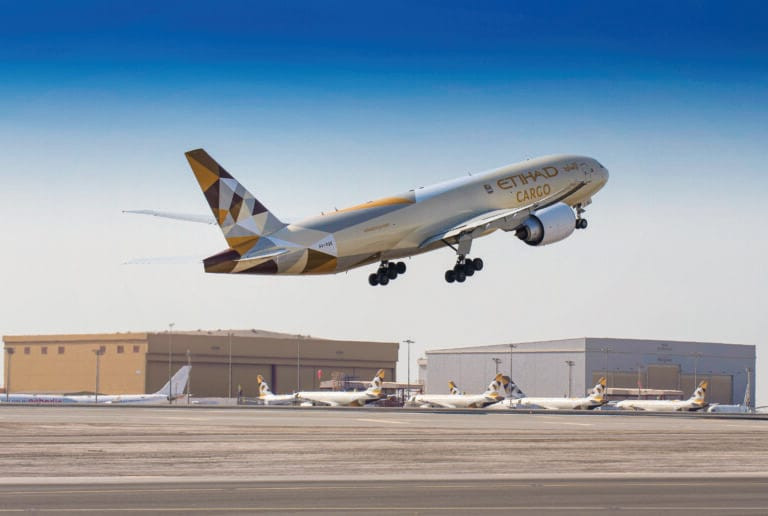- The Middle East is evolving from a transshipment hub into a strategic airfreight centre, leveraging its location to connect Asia, Europe, and Africa with faster, reliable cargo services.
- Carriers optimise fleets with common aircraft types like A350s and 777s, balancing cost efficiency, maintenance, and operational flexibility across varying demand profiles.
- Agile network planning allows rapid route launches and charter adjustments, enabling carriers to respond to demand surges while maintaining robust, stable cargo operations.
As global trade patterns shift and supply chains demand greater flexibility, the Middle East’s ability to serve as a bridge between East and West has become more critical than ever. Today, the Middle East is no longer just a transshipment stop but an operational centre where end-to-end logistics strategies are being designed. This strategic location has allowed carriers and logistics stakeholders to capture growing demand for faster and more reliable cargo services.
But geography alone is not enough. The success of the region as an airfreight powerhouse depends on its ability to innovate in capacity management, adapt to fluctuating trade patterns, and optimise fleets for diverse demand profiles.
By rationalising fleet choices and leveraging commonality, carriers can maintain cost efficiency while meeting varying demand profiles. This strategy becomes even more important as delivery timelines for new aircraft stretch over several years, making forward planning a balancing act between long-term fleet commitments and short-term network agility. This flexibility is particularly valuable in a market where trade flows can be unbalanced.
“If one direction is extremely strong, usually the other direction is less so, because cargo moves primarily one way,” Leonard Rodrigues, Director of Revenue Management and Network Planning – Cargo, explained. “Having both passenger and freighter options mitigates that challenge.”
Fleet decisions play a critical role in this strategy. “The A350 will be operated on both passenger and cargo sides, similar to what we do today with the 777s,” says Rodrigues. “This approach brings efficiencies because these are the same aircraft types. It allows us to share engine pools, streamline maintenance, and optimise crew qualification.”
This offers an interesting technical advantage: “There’s actually a lot of commonality between the main deck of an A350 freighter and a 777 freighter, which simplifies handling and improves operational flexibility.”
 Abu Dhabi’s advantage
Abu Dhabi’s advantage
When it comes to network planning, location remains a powerful differentiator. Rodrigues makes no secret of the importance of being headquartered in the right spot. “Being in the Middle East has been optimal over the past three years. Abu Dhabi, in particular, gives us the ability to connect Asia, Europe, and Africa with some of the most efficient routings in the industry.”
This position shapes the company’s operational priorities. “Our business model will have the highest density of freighter rotations from Asia to the Middle East, then from the Middle East to Europe,” Rodrigues explains. “So when we select an aircraft type, we look for performance across that basket of routes – for example, Japan, China, Hong Kong, and Vietnam into Abu Dhabi.”
While fleet decisions require a long-term view, route planning operates on a much shorter cycle. “Buying an aircraft can take ten years before delivery, but launching a new cargo route can happen in a month,” says Rodrigues. “Charters can be arranged in a week, while scheduled routes can be set up within a month, because the booking window typically opens only two weeks before departure.”
This agility enables carriers to adapt quickly to demand surges or shifts. “When you schedule a freighter route, you already have firm commitments from customers. That’s crucial because if you put 100 tonnes somewhere, you want more than 100 tonnes of demand on average. It gives you room to adjust pricing if needed but avoids the risk of flying empty capacity,” he notes.
Ultimately, network planning becomes a balancing act between long-term strategic investments and short-term tactical decisions. “The goal is robustness and stability in the routes,” Rodrigues says. “And that comes from understanding customer requirements and having the operational flexibility to respond quickly.”





